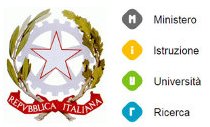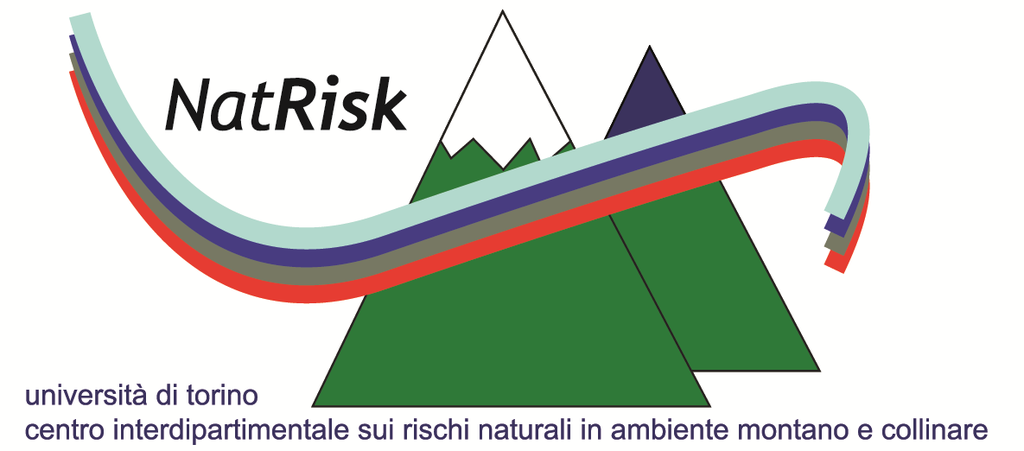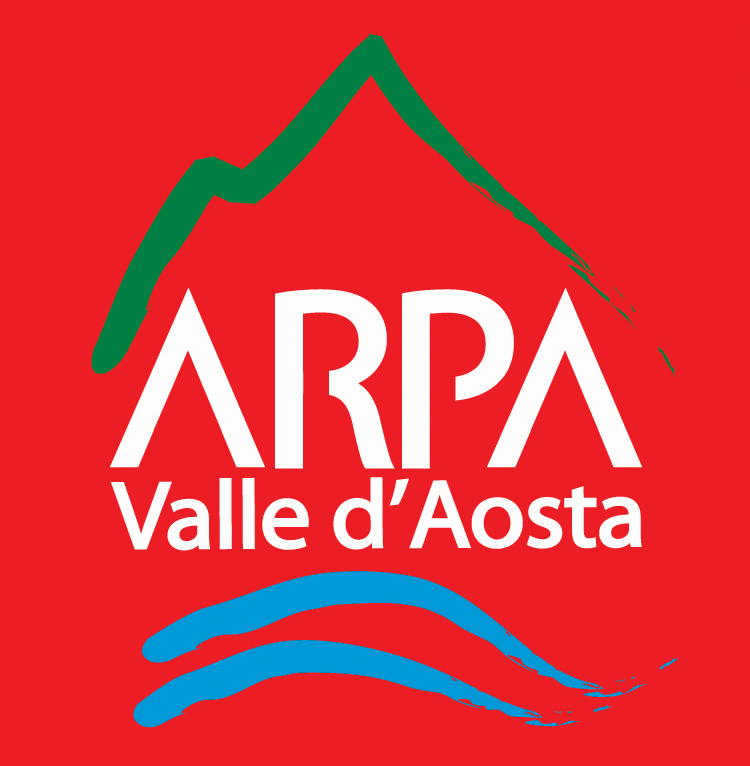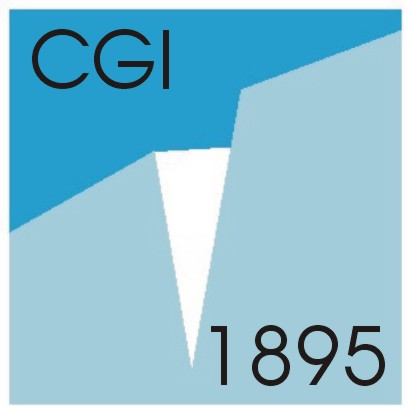You are here
WP 1.6 Mountain criospheric resources
Alpine glaciers and snow cover are sensitive indicators of climate change. Glaciers and winter snow also represent an important source of freshwater, provided as melt water during warm summer and late spring periods that are typically characterized by low precipitation. A reduction of these reservoirs, already on-going since several years, can lead to severe consequences on the availability of water and on river discharge. This WP is devoted to the implementation of a coherent information database on Italian Alpine glaciers.
Activities
• Task 1. Monitoring data and quantitative inventory of Italian glaciers considering the entire Italian Alps and Gran Sasso Group in Central Apennines, where the southernmost glacier of the Italian Peninsula is located. Quantitative glaciological parameters (number, location, extension, length, maximum and minimum dimensions, etc.) of the Italian glaciers in 1988-1989, 2006-2007 and in 2014-2015 as well as in 1957-1958; quantitative and geo-referenced data on mass balances, changes in the Equilibrium Line Altitude; collection of iconographic and photographic/ photogrammetric material. The task is conducted in collaboration with the Italian Glaciological Committee.
• Task 2. Development and validation of conceptual and/or empirical models on the dynamics of alpine glaciers. The activity involved the implementation and application of a tool to define the series and the evolution equations of the various types of Alpine glaciers, grouped by geographic (macro-areas) and geomorphological criteria. Algorithms for the application of such methodologies were developed in GIS (Geographic Information System) environments. Physically-based modules were implemented for the quantitative computation of the spatial variation of glacier thickness as a function of the digital terrain model. The results are crucial for the analysis and prediction of glacier evolution. Numerical modules, acting as an interface with the Minimal Model Glacier in a GIS environment, allow to reconstruct the simulated evolution of the glacier front. The case study to check the best solution for coupling GIS with a Minimal Glacier Model was the Rutor Glacier (western area of Valle d'Aosta). A useful description of this glacier is available as well as the possibility to define different sectors of flow lines.
• Task 3. Assessment of the state and changes of the snow cover in Italian mountains (depth and duration of snow cover, Snow Water Equivalent, solid precipitation) by means of in situ data collection from available stations, coupled with the analysis of aerial imagery and satellite data. The activity carried out aimed at gathering the available gridded snow water equivalent data sets from remote sensing, reanalyses and climate model simulations for the greater Alpine region (GAR) in order to explore their ability to provide a coherent view of the snow water equivalent distribution and climatology in the Alpine area.
Results
We reconstructed the distribution and outlines of glaciers hosted in the entire Italian Alps and the Gran Sasso d'Italia Group (Central Apennines). A multi-temporal database (2012-2014, 2006-2007, 1988-1989) populated with quantitative glaciological parameters was realized. Database furnishes the main morphometric parameters of each glacial body (area, maximum length, width, slope, max and min elevation, aspect, latitude and longitude of the glacier centroid) and the identification (ID) as suggested by the WGMS (1989). In addition, the dBase contains specific fields, which provide codes and names of glacial bodies according to the previous Inventory of Italian Glaciers (CGI-CNR, 1959, 1961a, 1961b, 1962) and the geographic location, following the International Standardized Mountain Subdivision of the Alps-ISMSA Maps depicting glaciers boundaries were produced for each time step considered. Database also includes data coming from the previous Glaciers Inventory produced by CGI-CNR (1957-1958), improved applying the new criteria adopted. Measurements of frontal variations of Italian glaciers monitored by the CGI were constructed and validated, also in order to produce time-distance curves, which span to more than a century of glaciological surveys. All the collected data were organized into a database. Finally, all the measures available on mass balance of Italian glaciers were validated and collected in a database (17 glaciers, the oldest of which, the Careser Glacier is monitored since 1966/67). We developed physically based modules that can apply mathematical functions to derive the spatial variation of glacier thickness from a digital terrain model. A module was generated to allow the connection with the Minimal Glacier Model in GIS environment, in order to reconstruct the simulated glacial front with spatial resolution. The model was tested on the Rutor Glacier (Western Alps, Valle d'Aosta) to find the best GIS - Minimal Model coupling solution, considering the deep knowledge of glacier behaviour and the possibility to indicate different sectors of the withdrawal margin (Strigaro et al., 2015, see WP2.6). State and changes in snow cover on the Italian mountains (depth and duration of snowpack, Snow Water Equivalent, solid precipitation) was reconstructed by collecting in situ data from available stations, aerial images and satellite data and reanalysis.




























